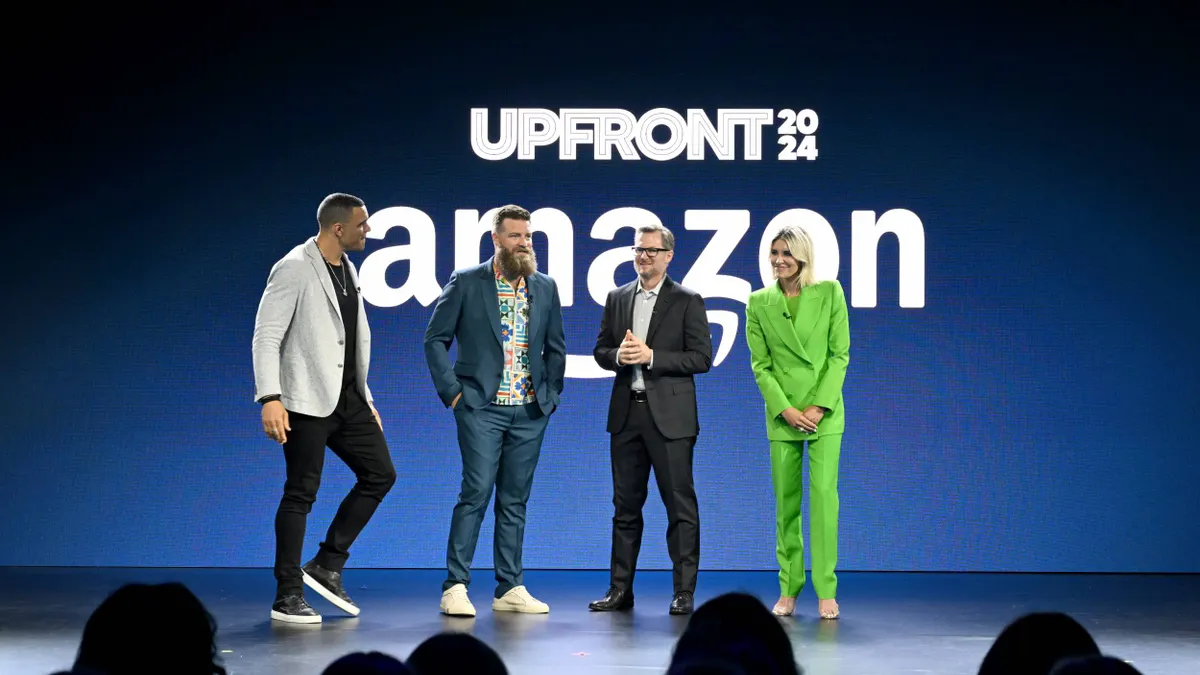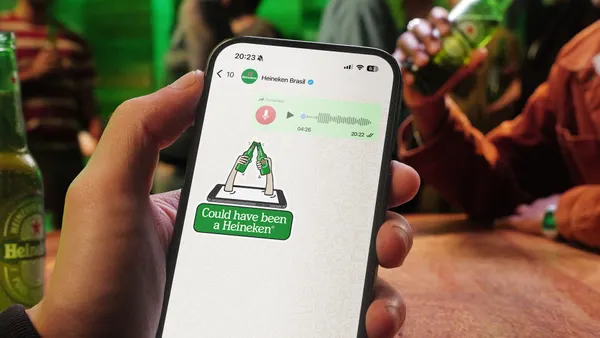Brief:
- Snapchat debuted a native commerce feature to let influencers earn money from products sold through their posts. Reality TV star Kylie Jenner partnered on the program for last week's launch in a video post promoting her The Sorta Sweet Palette for Kyshadow makeup, according to Digiday.
- To buy the product, Snapchat users could swipe up on their screens to go through online checkout. Users can save their credit card and shipping information in Snapchat without being directed to another e-commerce site.
- Shopify powers Snapchat's e-commerce transactions, while parent company Snap says it currently doesn't take a commission. A Snap spokesperson told Digiday that the commerce for creators program is in open beta.
Insight:
Social commerce is the next natural step for Snap, which first tested direct sales of merchandise in February by offering a pre-release of a Nike Air Jordan shoe that sold out in 23 minutes. Since then, Snap has added e-commerce features to its professionally produced Discover section, shoppable augmented reality (AR) lenses and mobile commerce in its Stories feature.
Snap's arrangement with Jenner is noteworthy considering that one tweet from her in February caused Snap's stock to drop $1.3 billion. But as it faces sluggish user growth, Snap needs social influencers like Jenner, who also are being wooed by competitors like Facebook and Google. Snap last month announced it had started an ad revenue-sharing program with creators as an incentive to work with its platform and help keep users consuming content via the social app.
Meanwhile, Facebook's Instagram has copied many popular Snapchat features and last month revealed it has 1 billion users worldwide, which is more than five times Snapchat's audience of 191 million. Instagram last month introduced long-form video with IGTV and has gradually ramped up its e-commerce features since 2016 as it sees more users flood to the platform.
This comes as social commerce is somewhat struggling to gain mainstream traction. It made up only 2% of revenue in 2016 and 34% of shoppers had never bought anything on social media at the end of 2017, but the market potential could grow as social media companies add more transaction capabilities and consumers become more comfortable purchasing items through mobile devices and social media platforms.












